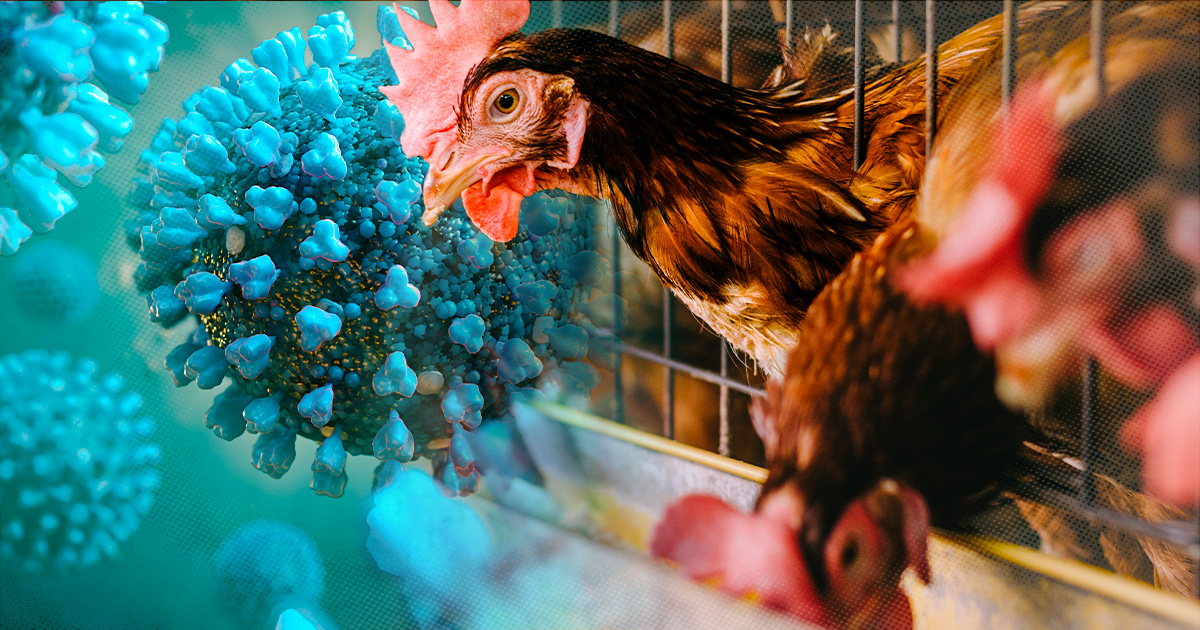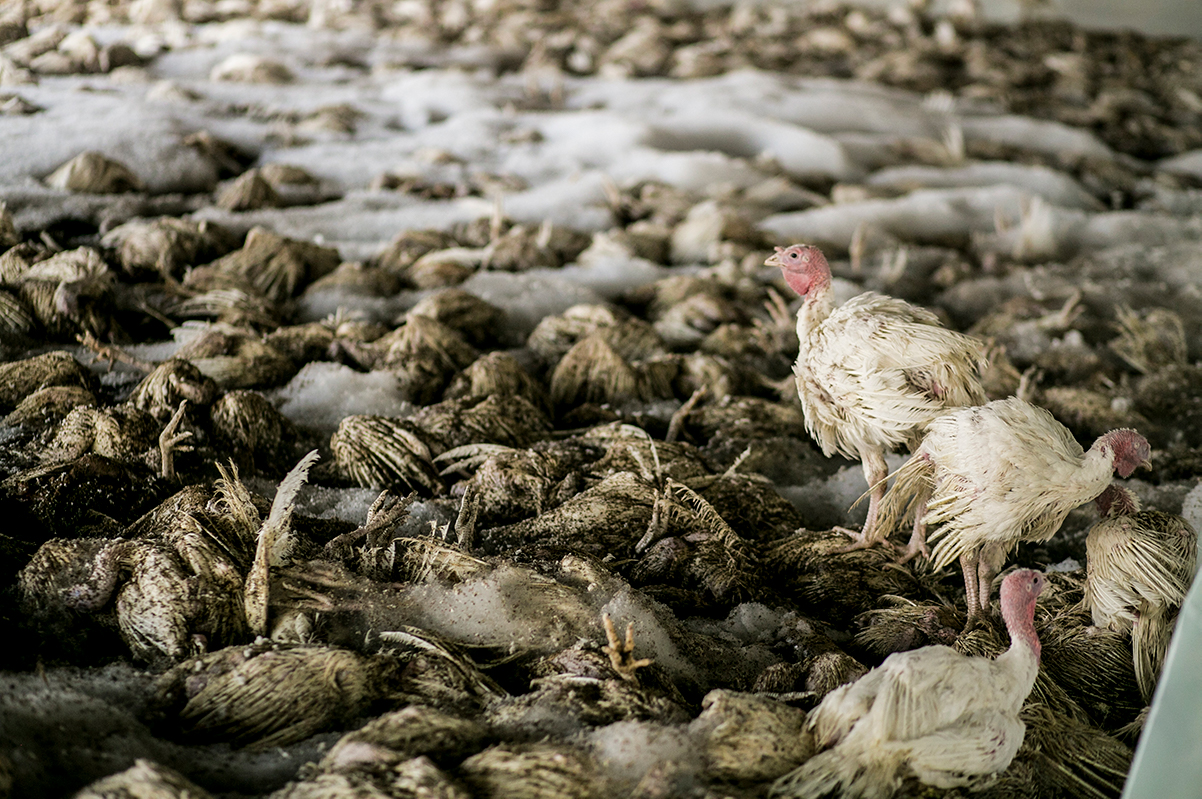Avian Influenza Overview

Avian influenza, also known as bird flu, is a contagious viral infection that affects birds, including domestic poultry like chickens, turkeys, and ducks, as well as wild birds.
So, avian influenza is a serious issue, right? But hey, let’s not forget about the upcoming 2025 social security cola increase, which is projected to be around 5.9%. That’s great news for retirees, especially considering the rising cost of, well, everything, including avian influenza prevention measures.
Back to the birds, though, avian influenza can be a real pain, but we’re staying vigilant and taking all the necessary precautions.
The virus can cause a wide range of symptoms in birds, from mild respiratory issues to severe illness and death. In some cases, avian influenza can also spread to humans and other animals.
Avian influenza is a serious disease that can affect birds, and it’s important to take precautions to prevent its spread. One way to do this is to avoid contact with wild birds, and to make sure that your own birds are vaccinated.
If you’re planning on traveling to a country where avian influenza is present, be sure to check the latest travel advisories and take appropriate precautions. You can also find more information about avian influenza on the website of the World Health Organization.
And if you’re looking for a fun way to learn more about the history of soccer, be sure to check out the espana vs inglaterra website. It’s a great resource for learning about the rivalry between these two teams, and it’s also a lot of fun to read.
Different Strains and Subtypes
There are numerous strains and subtypes of avian influenza virus. The two main types are:
- Low pathogenic avian influenza (LPAI): These strains typically cause mild symptoms in birds and are not a significant threat to human health.
- Highly pathogenic avian influenza (HPAI): These strains are highly contagious and can cause severe illness and death in birds. They can also pose a risk to human health.
History of Outbreaks
Avian influenza outbreaks have been documented for centuries. In recent years, there have been several major outbreaks of HPAI, including the H5N1 outbreak in 2005 and the H7N9 outbreak in 2013.
These outbreaks have caused significant economic losses to the poultry industry and have also raised concerns about the potential for a human pandemic.
Transmission and Symptoms

Avian influenza, also known as bird flu, is a highly contagious viral disease that can affect both birds and humans. The virus can be transmitted through contact with infected birds or their bodily fluids, such as saliva, feces, or respiratory droplets. In birds, the virus can cause a range of symptoms, including respiratory distress, coughing, sneezing, and diarrhea. In humans, avian influenza can cause a variety of symptoms, including fever, cough, sore throat, muscle aches, and fatigue. In severe cases, avian influenza can lead to pneumonia, respiratory failure, and even death.
Transmission in Birds
Avian influenza is primarily transmitted among birds through direct contact with infected birds or their bodily fluids. The virus can also be transmitted through contact with contaminated surfaces, such as food, water, or equipment. Birds can shed the virus in their saliva, feces, and respiratory droplets, which can then be inhaled or ingested by other birds. The virus can also be transmitted through contact with contaminated surfaces, such as food, water, or equipment.
Transmission in Humans
Humans can become infected with avian influenza through contact with infected birds or their bodily fluids. The virus can also be transmitted through contact with contaminated surfaces, such as food, water, or equipment. The most common way for humans to become infected with avian influenza is through contact with infected poultry or their products, such as eggs or meat. Humans can also become infected with avian influenza through contact with wild birds, such as waterfowl or shorebirds.
Symptoms in Birds
The symptoms of avian influenza in birds can vary depending on the strain of the virus. Some strains of avian influenza can cause mild symptoms, such as respiratory distress, coughing, sneezing, and diarrhea. Other strains of avian influenza can cause more severe symptoms, such as pneumonia, respiratory failure, and even death.
Symptoms in Humans
The symptoms of avian influenza in humans can vary depending on the strain of the virus. Some strains of avian influenza can cause mild symptoms, such as fever, cough, sore throat, muscle aches, and fatigue. Other strains of avian influenza can cause more severe symptoms, such as pneumonia, respiratory failure, and even death.
Prevention and Control

Bird flu is a nasty business, but don’t fret! Here’s how to keep your feathered friends safe and sound, and protect yourself too.
Poultry Measures
For our poultry pals, let’s implement some strict biosecurity measures:
– Isolate sick birds pronto! Keep ’em away from the healthy flock.
– Wash your hands like a surgeon before handling birds or their environment.
– Use separate equipment for different flocks. Don’t share the germs!
– Keep poultry away from wild birds. They might be carrying the flu virus.
– Report any suspicious bird deaths to the authorities. They’ll help investigate and contain the outbreak.
Personal Hygiene and Protection, Avian influenza
For us humans, a few precautions go a long way:
– Wash your hands thoroughly after handling poultry or their products.
– Avoid touching your eyes, nose, or mouth when around birds.
– Wear protective gear like masks and gloves when working with poultry.
– Cook poultry products thoroughly to kill any lurking viruses.
Vaccination and Surveillance
Vaccines can help protect poultry from avian influenza. It’s like giving them a superpower shield!
Surveillance is also crucial. Keep an eye on poultry flocks for any signs of illness. Early detection can prevent the spread of the virus.
Remember, bird flu is serious but preventable. By following these measures, we can protect our poultry, ourselves, and the economy. Stay vigilant, folks!
